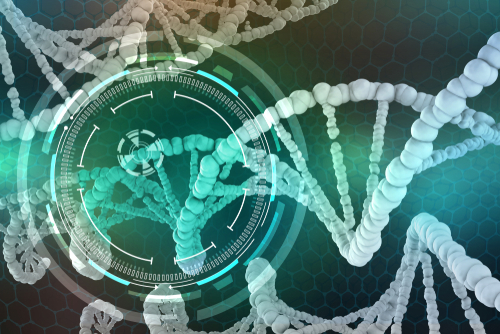Mutation Associated with Sickle Cell Disease Corrected in Patient’s Stem Cells, MaxCyte Reports
Written by |

Global biotechnology company MaxCyte announced the successful correction of a genetic mutation associated with sickle cell disease (SCD) in a patient’s hematopoietic stem cells (HSCs), the type of cells that give rise to blood cells.
The mutation was corrected in the hemoglobin gene using MaxCyte’s non-viral cell engineering technology based on the gene editing tool CRISPR. It led to the production of functional hemoglobin in 60 percent of the patient’s red blood cells.
The preclinical data was presented in a poster, “GMP-compliant Non-viral CRISPR-mediated Process Correcting the Sickle Cell Disease Mutation in SCD Patient CD34+ Cells Achieves 60% Wild Type Adult Hemoglobin Expression in Differentiated Erythrocytes,” by Linghong Li, PhD, director of cell engineering at MaxCyte, at the recent American Society of Gene and Cell Therapy meeting in Chicago.
MaxCyte’s cell-engineering technology had already corrected a genetic mutation in HSCs from patients with X-linked chronic granulomatous disease, an immunodeficiency disease linked to the X chromosome that increases the body’s vulnerability to certain bacterial and fungal infections.
Using a similar approach, researchers at MaxCyte, the National Institutes of Health’s National Heart Lung and Blood Institute and the National Institute of Allergy and Infectious Disease demonstrated the possibility of correcting a single nucleotide (the building blocks of nucleic acids) sickle cell mutation in a patient’s HSCs.
Results demonstrated the high efficiency of the engineering technology in delivering proteins and nucleic acids to the patient’s cells necessary for CRISPR-mediated gene editing and subsequent production of healthy levels of adult hemoglobin in the corrected red blood cells.
MaxCyte’s technology resulted in 30 to 40 percent gene correction of the SCD hemoglobin gene mutation. The correction was maintained for 17 days, the time required for HSCs to transform into red blood cells, a process called differentiation.
In these differentiated cells, the gene correction increased the levels of hemoglobin expression, up to 60 percent of the levels seen in healthy red blood cells. Also, sickle hemoglobin production decreased to 10 to 20 percent of the levels before correction, which also may represent a clinical benefit.
“We’re encouraged that MaxCyte’s technology is at the forefront of enabling non-viral CRISPR-mediated correction of disease mutations at clinically-relevant levels,” said Doug Doerfler, CEO of MaxCyte, in a press release. “We’re excited by these results for their potential to bring therapeutic benefit to individuals living with SCD.”





